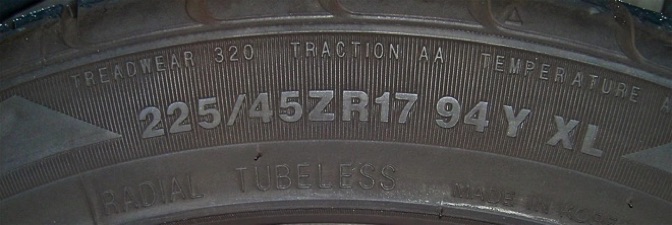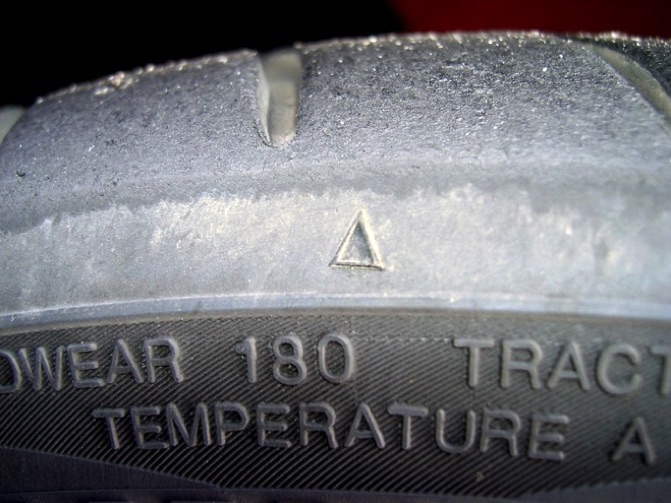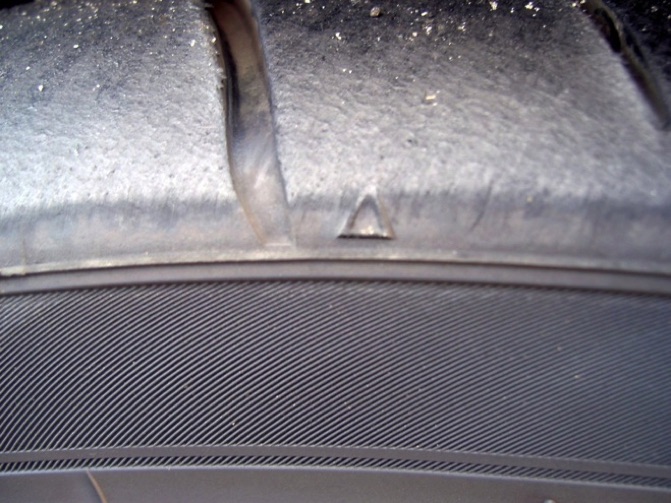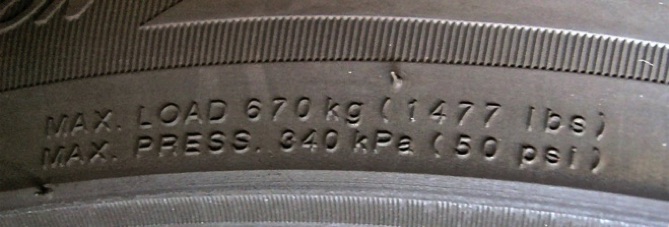
Published in the March 2010 issue of “Die Porsche Kassette”
Tire inflation specs are based on what the manufacturer considers “normal” driving conditions.
But, because of the cars we drive and the Club we belong to, many of us have the opportunity to go beyond “normal” driving conditions at the track during the Driver Education events organized by our PCA and other auto clubs in the area.
Let’s try to put it in perspective.
Even though we tend to think that properly inflated tires are perfectly round, they truly aren’t.
Because of the weight they carry (vehicle, fluids and passenger(s)) , the bottom half of the tire’s sidewalls bulge and the tread flattens where it contacts the road.
But on the top half of the tire, the sidewalls straighten out and the tread curves back into its molded round shape. This difference in shape between the top and bottom halves of a tire is known as “deflection”.
This deflection will occur with every revolution of the tire, so picture this:
A 225/45/ZR17 tire could be considered a standard front tire in a Boxster, Cayman or Carrera. This particular tire has a 25 inch overall diameter and after doing the math we know that this tire will turn approximately 807 times every mile. At 25 miles per hour this tire will roll 5.6 times per second, at 70 mph (speed limit on the Interstate) it will roll15.7 times per second and at 140 mph (speed right before braking for turn 17 at Sebring) the tire will roll a daunting 31.4 times every second. This means that the tire is changing its shape from its unloaded to its loaded state and back every 3/100th of a second.

This constant tire deflection plus the friction of the tire against the road (track) generates tremendous heat build-up in the tires. Since the tires are filled with air (or nitrogen) which is a gas, Boyles Law demonstrates that if the volume of gas is maintained constant, its pressure is directly proportional to its temperature, therefore your tire pressure will go up as the tire gets used, and the faster the tires spin, the faster the temperature and therefore the pressure will build up.
The rule of thumb is that the tire’s pressure will increase by 1 psi for every 10° Fahrenheit increase in temperature, or 1 psi for every 4 minutes of use during the first 20 minutes of operation.
All of the above to basically say that the faster you go, the higher your tire pressure will be.
So, when we’re at the track or Auto Cross we must keep in mind that we will have a tire pressure increase as soon as the tires start to heat up. This will alter our car’s handling, so we need to carefully monitor the pressure throughout the different sessions during the day.
But how do we know what the ideal pressure is?
We should generally start with the recommended pressures from the car’s manufacturer. Then, the tires will tell us if they need more or less pressure.
Most modern high-speed rated tires have special markers to show us the optimal tire patch.

This triangle tells us where the edge of the optimal tread wear should be.
As you can see above, the wear is a little short of the marker, meaning that we have too much pressure.
Dropping a couple of pounds of pressure and then hitting the track again gives us the optimal patch, as seen below where the edge of the wear is right to the tip of the marker.

Also, always keep in mind that you should never inflate beyond the tire’s maximum pressure, stamped on its sidewall.

Keep an eye on your tire’s pressures and ...
Happy Porsche’ing,
© 2010 Technolab/PedrosGarage.com


